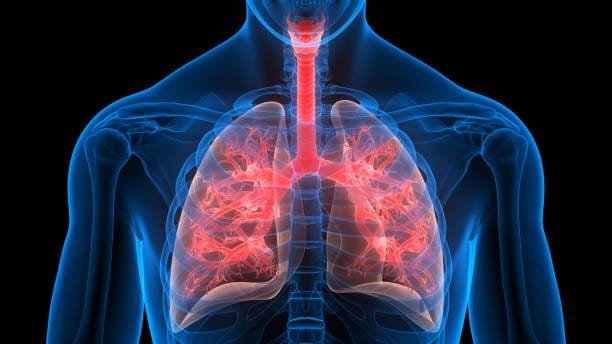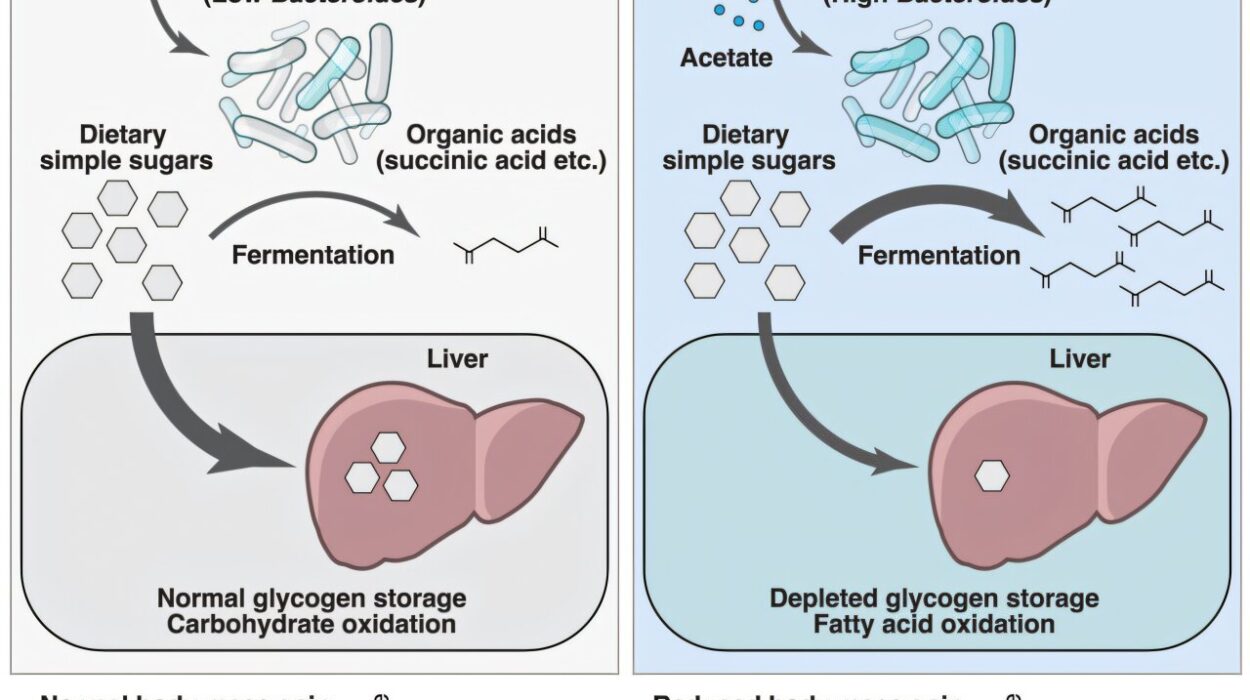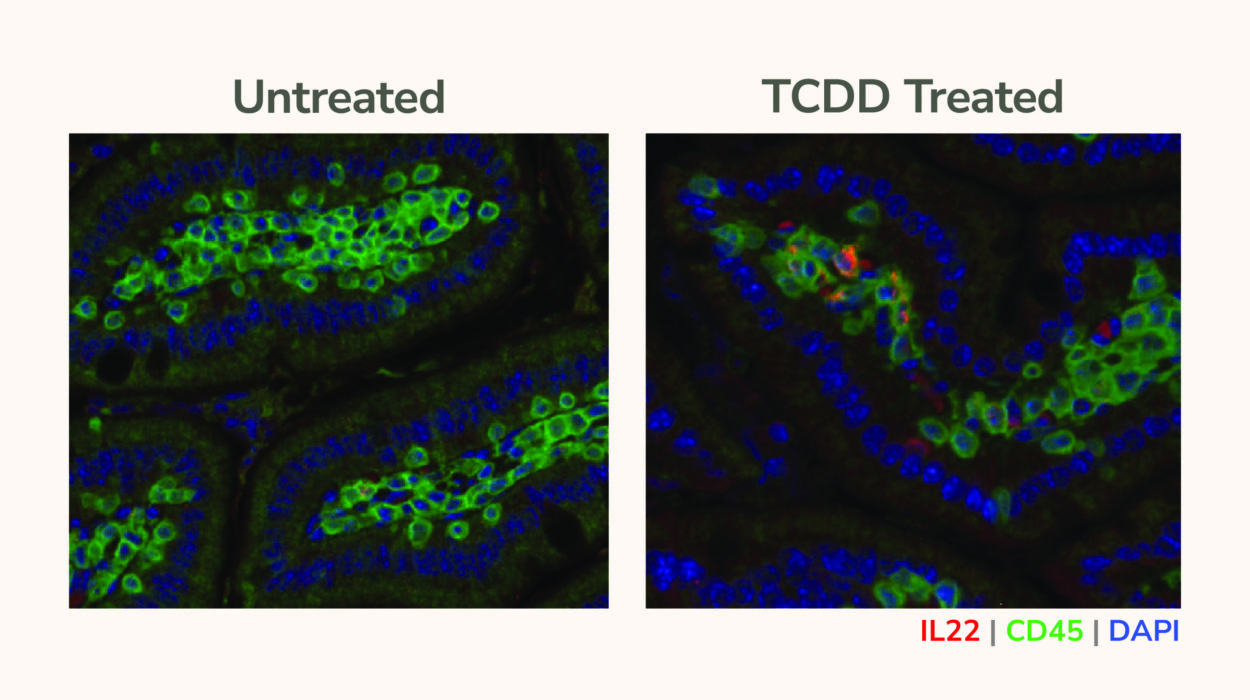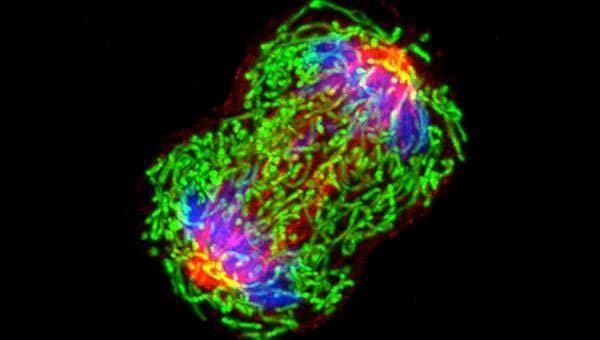Alzheimer’s disease is a thief. It sneaks in quietly, erasing memories, stealing identity, and dimming the very essence of what makes us human. For over 7 million Americans, and countless millions worldwide, Alzheimer’s casts a shadow of confusion, loss, and heartbreak. Decades of research have yielded little beyond modest treatments that slow decline—rarely reversing the ravages of this relentless disease.
But what if we could reverse those changes? What if a new therapy could not only slow the disease but restore lost memories and brain function?
Scientists at the University of California, San Francisco (UCSF) and the Gladstone Institutes have found tantalizing evidence that this could be possible—not from novel, experimental compounds, but from drugs already approved to treat cancer. This discovery offers not just hope, but a powerful example of how big data, cutting-edge computational science, and old medicines can combine to tackle one of humanity’s most devastating illnesses.
Decoding Alzheimer’s Through the Language of Genes
At its core, Alzheimer’s is a disease of the brain’s cells. It doesn’t just affect neurons, the cells responsible for thought and memory, but also the glial cells—support cells once thought to be mere helpers but now known to play vital roles in brain health and disease.
Understanding how Alzheimer’s rewires the brain means understanding how it changes the behavior of these cells at the genetic level. Every cell carries instructions—genes—that tell it how to function. In Alzheimer’s, these instructions become scrambled, leading to malfunction, toxic protein build-up, and cell death.
The UCSF-Gladstone team began by analyzing gene expression in single brain cells from deceased donors with and without Alzheimer’s. Using data from three separate studies, they painted a detailed map of how Alzheimer’s shifts the genetic “on” and “off” switches in neurons and glia. This map became a “gene expression signature” of Alzheimer’s—a unique fingerprint that reveals what goes wrong inside cells.
Mining Millions of Data Points to Find a Cure
But mapping the disease was just the beginning. The researchers took their gene expression signature and scanned it against a massive database called the Connectivity Map, which holds information on how over 1,300 FDA-approved drugs affect gene activity in human cells.
The question was bold: Could any existing drug reverse Alzheimer’s genetic changes?
The answer was yes—dozens of drugs showed promise by counteracting the gene expression patterns of Alzheimer’s. Narrowing further, they focused on those already approved for human use, turning to real-world clinical data to see if patients taking these drugs for other reasons had lower rates of Alzheimer’s.
Using anonymized electronic health records from over 1.4 million seniors, the researchers discovered a striking pattern. Several drugs used for cancer treatment appeared to reduce the risk of developing Alzheimer’s disease.
It was as if clues buried in millions of patient stories were pointing toward a new therapeutic path.
Two Cancer Drugs, One New Purpose
From the top candidates, two cancer drugs stood out—letrozole and irinotecan. Letrozole, primarily used for breast cancer, and irinotecan, used for colon and lung cancers, seemed to target different aspects of the disease. Letrozole affected neurons, while irinotecan acted on glial cells.
The researchers tested this combination in mice genetically engineered to develop aggressive Alzheimer’s-like symptoms. These animals, like humans, showed progressive memory loss and brain degeneration.
The results were astonishing. The drug duo not only halted further decline but actually reversed some of the damage. Brain cells began to regain healthy gene expression patterns. Toxic protein clumps—a hallmark of Alzheimer’s—diminished. Even more remarkable, the mice’s memory improved.
From Data to Hope
Marina Sirota, the interim director of UCSF’s Bakar Computational Health Sciences Institute, reflected on the journey: “Alzheimer’s disease comes with complex changes to the brain, which has made it tough to study and treat, but our computational tools opened up the possibility of tackling the complexity directly.”
Her co-senior author, Dr. Yadong Huang of Gladstone, highlighted the challenge that has long faced Alzheimer’s research—its complexity. “Alzheimer’s likely results from numerous changes across many genes and proteins that together disrupt brain health. Developing one drug to fix a single target was always going to be difficult.”
Instead, this study’s strength lies in its systems approach—using big data and computational power to tackle the disease’s complexity by targeting multiple cell types and pathways at once.
What This Means for Patients
This discovery is more than scientific triumph—it’s a beacon for the millions touched by Alzheimer’s. Existing treatments barely scratch the surface, often addressing symptoms without halting progression. Here, researchers have identified a potential combination therapy ready for clinical trials—offering a faster path to treatment because the drugs are already approved and well understood.
The researchers’ next step is to launch human trials, translating their lab success into potential real-world benefit. If these cancer drugs can similarly restore brain function in people, it could redefine Alzheimer’s treatment.
A New Chapter in Alzheimer’s Research
This story exemplifies how modern science works—melding biology, medicine, computer science, and clinical data to find answers hidden in plain sight. It reminds us that sometimes, the key to a complex puzzle lies not in creating something entirely new, but in seeing old pieces in a new light.
The discovery also highlights the power of interdisciplinary collaboration and big data. Mining millions of genetic profiles and patient records, the researchers uncovered connections that no one could have found by looking at a single gene, a single patient, or a single drug.
For millions of families watching their loved ones fade, this research rekindles hope. The prospect that Alzheimer’s disease may someday be slowed, stopped, or even reversed feels suddenly less like a distant dream and more like an approaching reality.
Reference: Cell-type-directed network-correcting combination therapy for Alzheimer’s disease, Cell (2025). doi.org/10.1016/j.cell.2025.06.035






